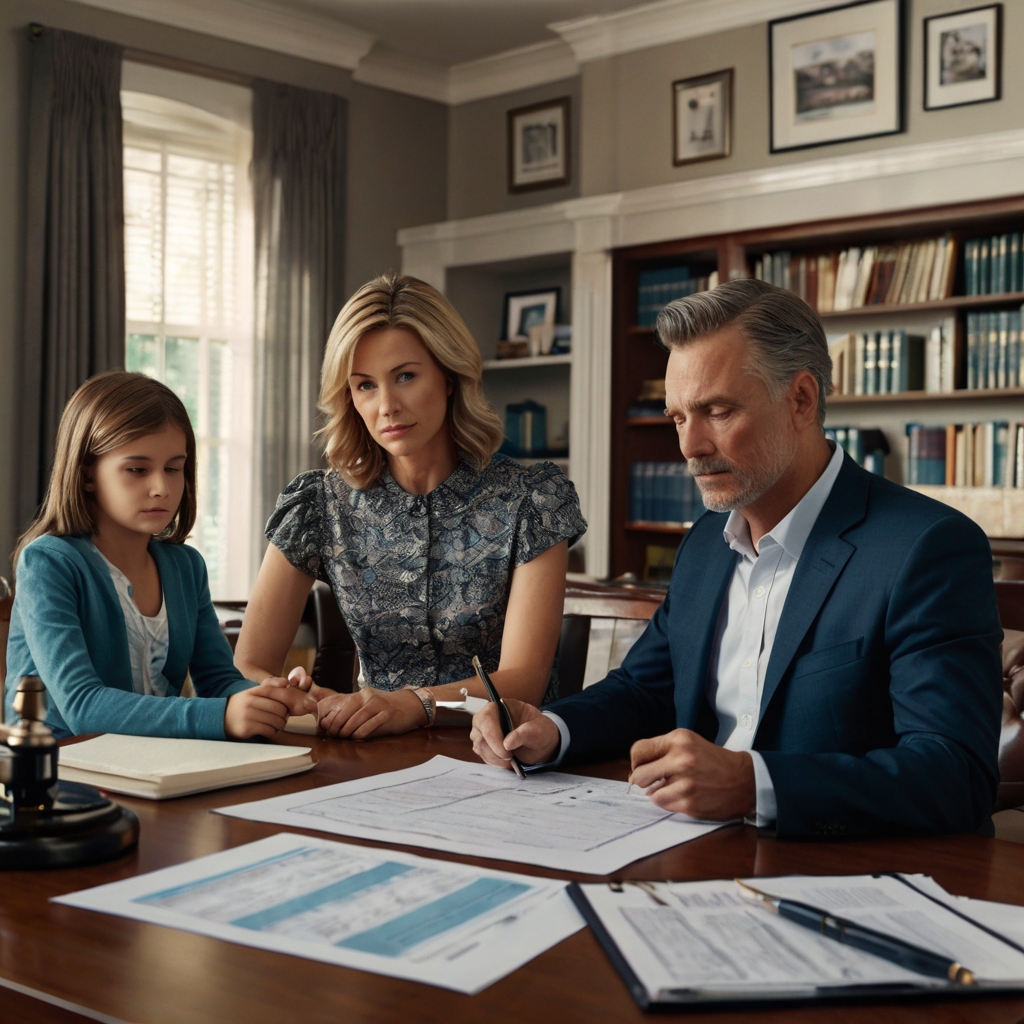Introduction – How to Prevent Deforestation
How to prevent deforestation is a question that matters to everyone who cares about our planet’s future. Forests are home to countless species, provide clean air, and help regulate the Earth’s climate. Yet, they are disappearing at an alarming rate due to logging, agriculture, and urban expansion. Preventing deforestation is not just an environmental goal—it’s a responsibility we all share. In this guide, we’ll explore practical, sustainable, and achievable ways to protect our forests and ensure that future generations inherit a greener, healthier Earth.
Understanding the Causes of Deforestation
Before we explore how to prevent deforestation, it’s important to understand why it happens. The primary drivers include large-scale agriculture, illegal logging, mining, and infrastructure development. In many cases, economic pressures push communities and companies to clear forests for short-term gains. Unfortunately, this leads to long-term environmental damage, loss of biodiversity, and climate instability. By identifying the root causes, we can create targeted solutions that balance human needs with environmental protection.
Sustainable Agriculture as a Solution
A major step in preventing deforestation is adopting sustainable farming practices. Traditional agriculture often clears vast forest areas for crops or livestock, but methods like agroforestry, crop rotation, and organic farming reduce the need for land expansion. Supporting local farmers who use eco-friendly methods also helps. When consumers choose sustainably sourced products, they send a clear message to the market that protecting forests is a priority.
Responsible Logging and Forest Management
Logging doesn’t have to mean destroying forests. Sustainable forestry practices—such as selective logging, replanting trees, and creating protected zones—allow wood production without depleting natural resources. Certification programs like the Forest Stewardship Council (FSC) ensure that timber comes from responsibly managed forests. Choosing certified wood products is one of the simplest ways individuals can contribute to preventing deforestation.
Government Policies and Legal Protection
Strong environmental laws are crucial in preventing deforestation. Governments can enforce restrictions on illegal logging, establish conservation areas, and offer incentives for forest protection. Policies that support indigenous communities—who are often the most effective forest guardians—can also make a significant impact. Citizens can advocate for these policies by supporting organizations that lobby for stronger environmental protections.
The Role of Reforestation and Restoration
While preventing deforestation focuses on protecting existing forests, reforestation restores areas that have already been damaged. Planting native tree species helps rebuild habitats, stabilize soil, and capture carbon dioxide. Large-scale restoration projects, as well as community-driven tree-planting initiatives, are effective in reversing the effects of forest loss. Even small actions—like participating in local tree-planting drives—can make a big difference over time.
How Individuals Can Help Prevent Deforestation
Preventing deforestation is not just the job of governments and environmental organizations—it’s something everyone can contribute to. Simple steps include reducing paper and wood consumption, choosing recycled products, avoiding goods linked to deforestation, and supporting eco-friendly brands. Raising awareness through social media and community events also amplifies the message and inspires more people to take action.
Global Cooperation for Forest Protection
Deforestation is a global challenge that requires international cooperation. Countries can work together through agreements like REDD+ (Reducing Emissions from Deforestation and Forest Degradation), which provides financial incentives for forest conservation. Partnerships between governments, NGOs, and private companies can pool resources and expertise to create lasting solutions.
Conclusion – Our Responsibility to Protect Forests
Understanding how to prevent deforestation is only the first step—taking action is what truly makes a difference. Forests are more than just trees; they are vital ecosystems that sustain life on Earth. Every choice we make, from the products we buy to the policies we support, has an impact. By working together, we can slow, stop, and even reverse deforestation, ensuring a healthier planet for generations to come.















